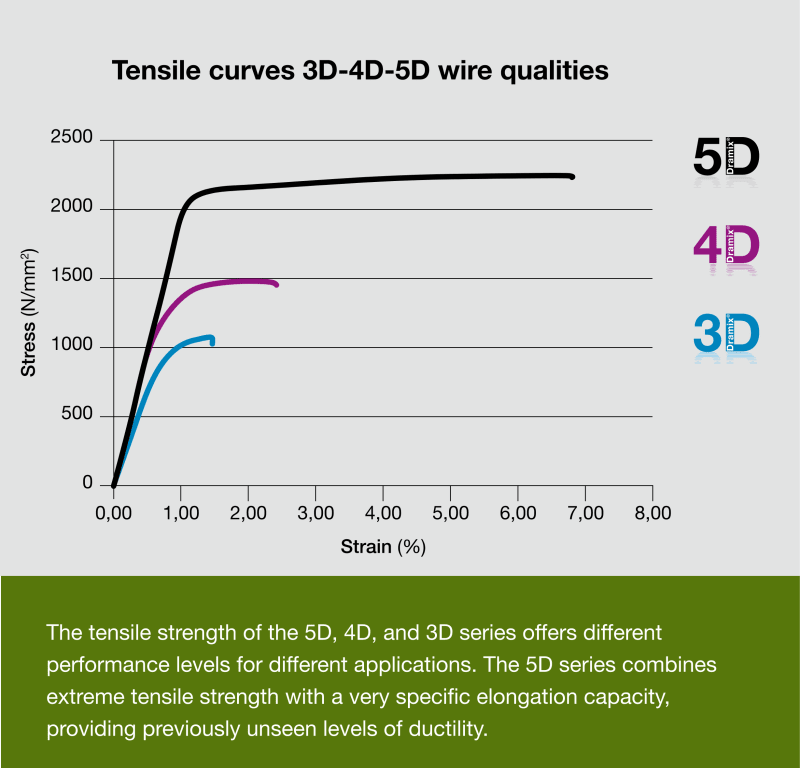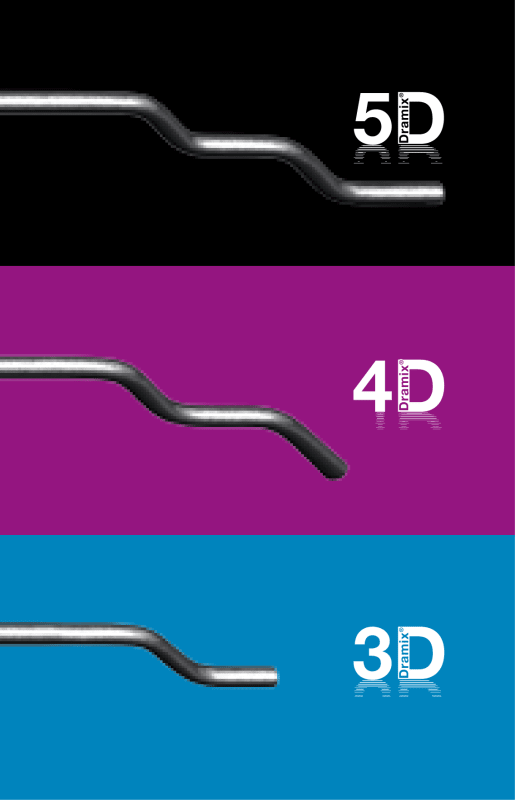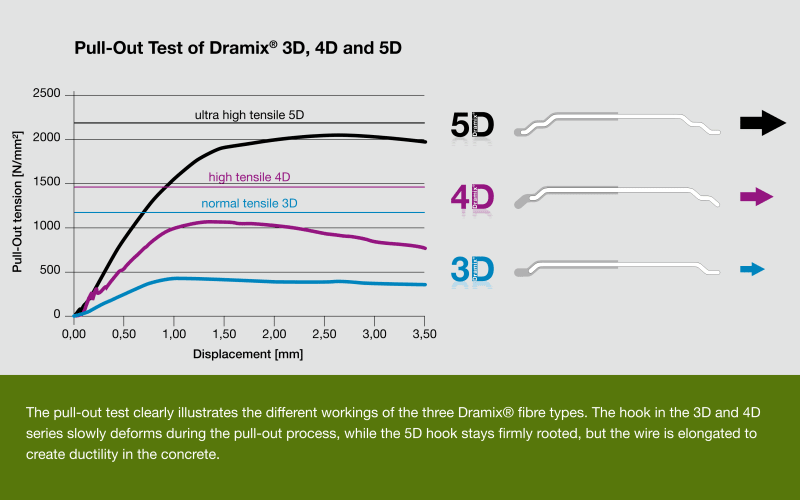Tomfh,
Yes, it does say that in a Note. And it also says that redistribution is allowed in another note.
Fortunately Notes are Advisory and not Mandatory in AS codes. Neither of those would have been there if I could have stopped them. If you look at other design methods around the world, redistribution is not allowed. The strain limit mentioned below will also further limit the applicability with moment redistribution (See RILEM method, NZS and others). But unfortunately we were not able to stop this stupid Note being put into the code. But we did succeed in getting the strain limit into the code.
In an area of concrete where the tensile strain is greater than .025, the fibre is assumed to provide 0 tension force. So it is assumed to not exist. In a slab with minimum reinforcement, that would mean that there is no tension capacity from fibre for about 60% (original post 40% was measured from the compression face) of the depth of the section from the tension face. Anything greater than about 15% fibre replacement will not be able to achieve this. So 90% or full fibre replacement is not possible. This is based on the logic that above a strain of about this value, the fibres have completely debonded and provide 0 strength.
Secondly, AS3600 has provided a force/crack width profile that fibres have to comply with. Helix fibre did not comply with this in 2018. If they have not improved their fibre performance since then, it does not comply with AS3600 and the AS3600 rules cannot be used with it.
If designers are designing properly, then they cannot do 90 - 100% replacement.
Also, the Earthquake provisions have separate minimum reinforcement requirements that are not covered by this note which require minimum reinforcement of .004 (All) or .006 (IMRF) if SFRC is used, so basically doubling and tripling the minimum reinforcement requirements in cases where more ductility is required.



